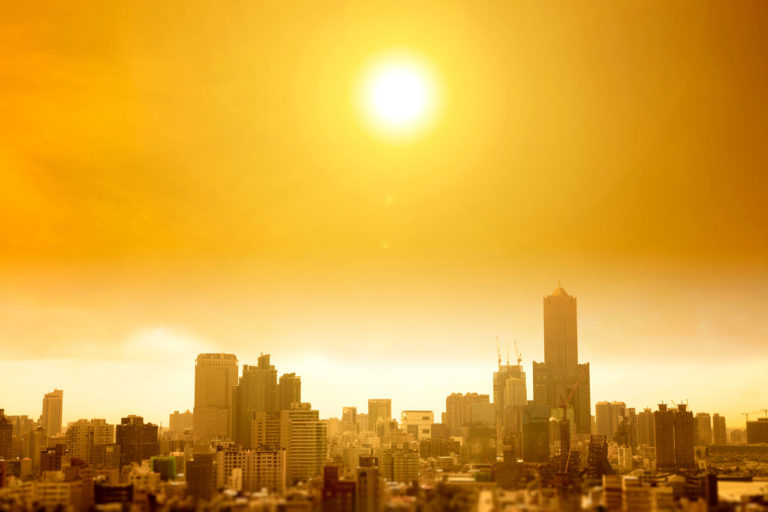UV Safety Awareness

During the summer months, in many places in the US, we experience more sunny days than winter, spring, or fall. We tend to enjoy more beach trips and BBQ in our backyards more when it is warm out than when it is cold. So, in general we tend to stress the importance of protecting our skin and eyes from Ultraviolet (UV) rays in the summer. If you’re thinking of skipping the sunscreen on your beach trip this weekend, maybe read this before you do…
What are UV rays?
Ultraviolet (UV) rays are not able to be seen with the human eye. Though they are invisible, they come down to earth from the sun and get absorbed by human skin. But do they only come from the sun? No. You can also be exposed to their radiation from tanning beds and sunlamps. What exactly do they do to us?
Summit Medical has some helpful information about how UV rays can enter and alter skin cells, leading to many issues: severe skin and eye injuries, including sunburn, skin cancer, cataracts, macular degeneration, and growths on our eyes – including cancer.
UVA
Summit Medical shares that “Ultraviolet A (UVA) rays penetrate deep into the layers of the skin and lead to premature signs of aging, which include fine lines and wrinkles. It is important to note that the amount of UVA stays relatively consistent throughout the year and exceeds the amount of UVB in both summer and winter. Even on a cloudy day, 80% of the sun’s UVA rays pass through the clouds and reach our skin and eyes.”
UVB
They also shared that “Ultraviolet B (UVB) rays are the primary cause of sunburn, thickening of the skin, and several types of skin cancers – including melanoma. UVB rays penetrate the outermost layer of skin and cause damage to skin cells. UVB also can cause damage to eyes and the immune system.”
What can you do to protect yourself?
Summit Medical offers many tips.
For most states in the USA, people should try to limit their exposure to the sun between 10 a.m. and 4 p.m. Between those hours is when the sun’s rays are the most intense, especially in May, June, July, and August. If you live farther south (toward the equator) you are going to want to be extra careful. Of course, the sun’s damaging rays can harm people in any region. Note also that rays can cause harm in any month of the year, not just during summer.
We’ve all heard of SPF, right? But did you know that it stands for “Sun Protection Factor”? This is an essential component when choosing which sunscreen you use. It will let you know how much a sunscreen can protect you. For example, “if you apply SPF 30 sunscreen sufficiently and evenly, it will take 30 times longer for your skin to begin to burn than if you did not wear any sunscreen protection at all.”
Also, make sure you reapply sunscreen. How many times have you applied sunscreen in the morning but came home in the evening with a sunburn? Ensure that you reapply every two hours, and more often than that if you go swimming. Additionally, check to be sure that all the products you use say that they protect you from both UVA and UVB rays. The term broad spectrum, often used on labels, usually means this. Opting for a water-resistant sunscreen will also help you protect yourself.
Last, select sunglasses that block UVA and UVB rays and say they offer “100 percent UV protection”. Many dollar stores sell this kind, so don’t think that your wallet will have to suffer in order to do so. Worth noting is that sunglasses (and sunscreen) should really be worn all-year-round, as the sun’s rays are not limited to summer and not limited to “sunny” weather. That said, use summer as your reason to put some thought into the sun protection you use. And with that, stay safe until our next safety tip!

Comments are closed.